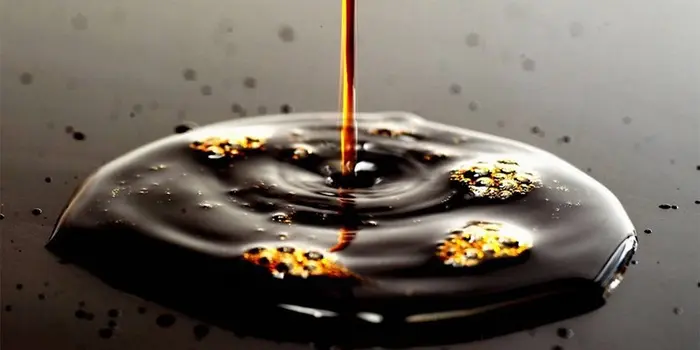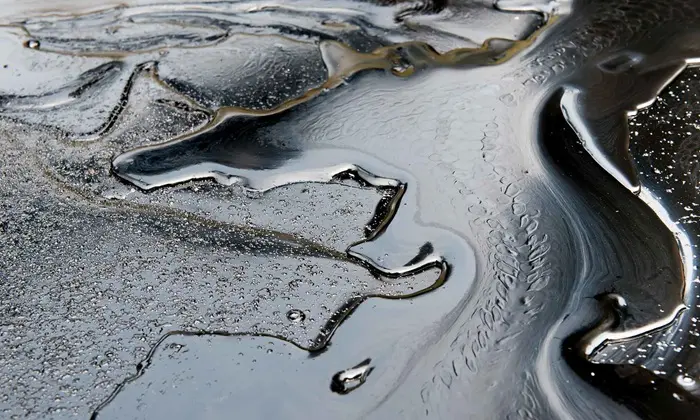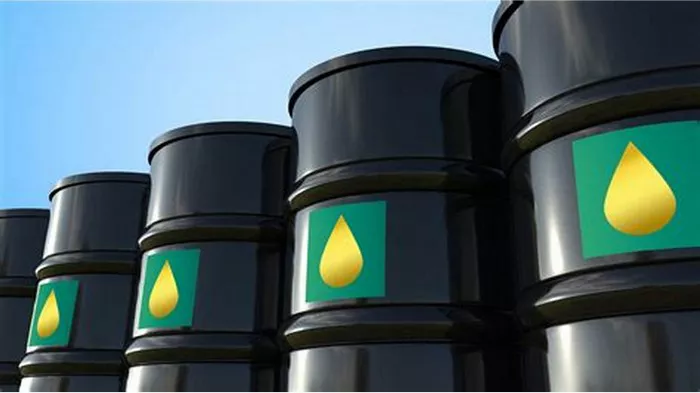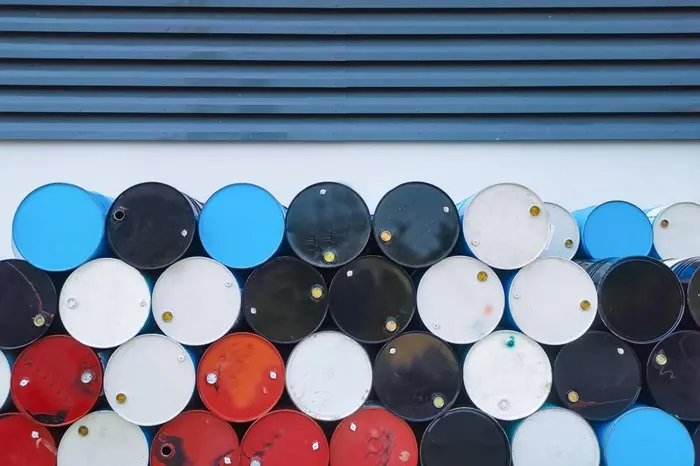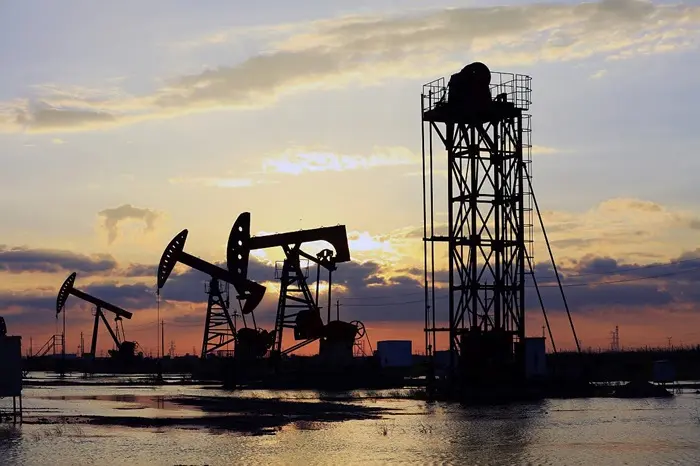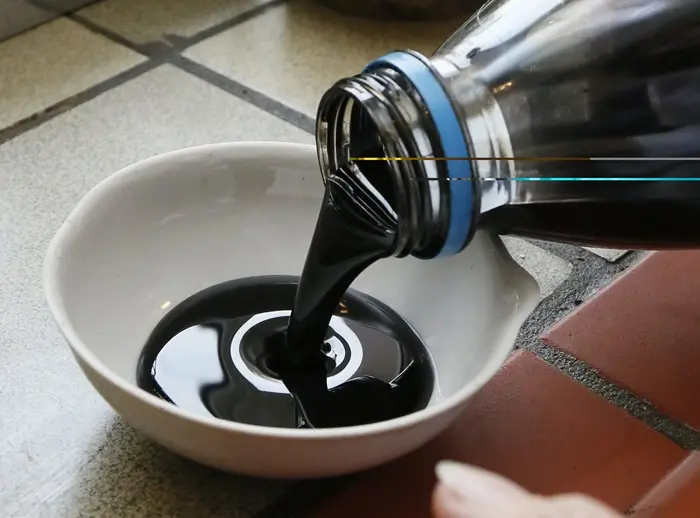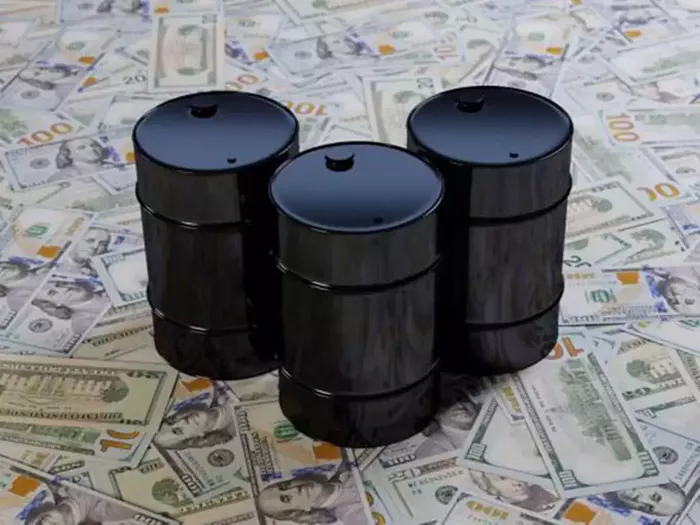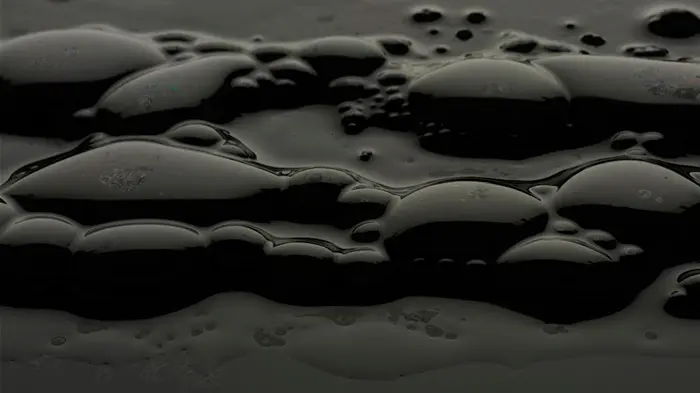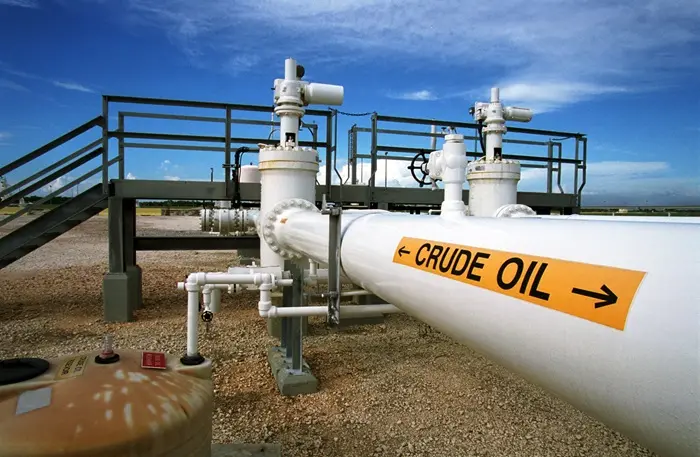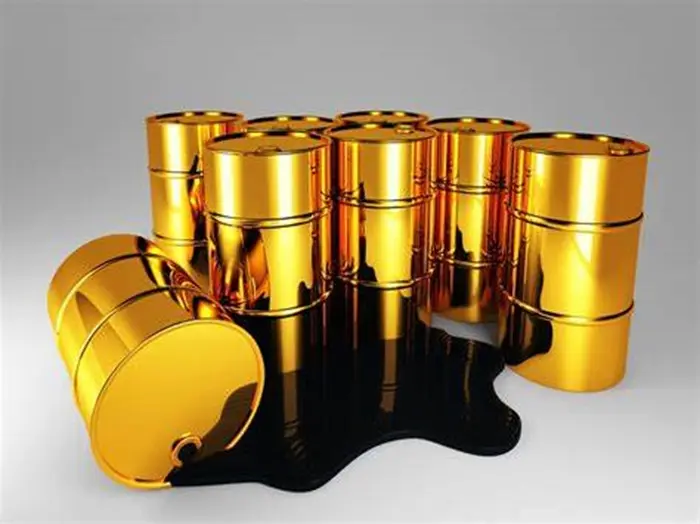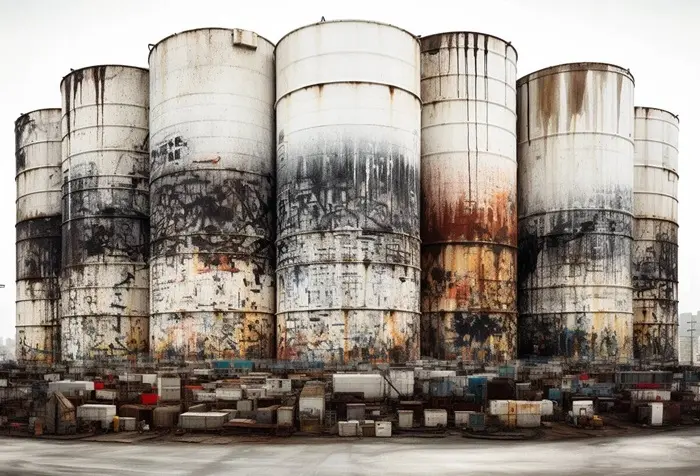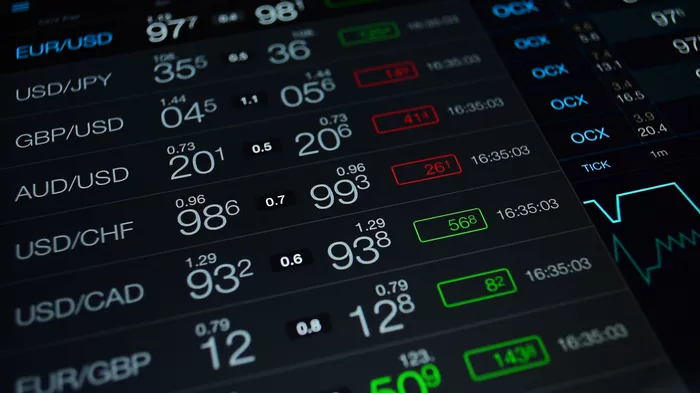Kerosene, a crucial product derived from crude oil, is widely used for heating, cooking, and as jet fuel. The process of extracting kerosene from crude oil involves several steps, each requiring careful attention and precision. This article will explore the process in detail, providing a comprehensive understanding of how kerosene is extracted from crude oil.
Understanding Crude Oil
Crude oil is a complex mixture of hydrocarbons and other chemical compounds. It is extracted from underground reservoirs and varies in composition depending on its geographical origin. The process of refining crude oil separates it into various useful products, including kerosene.
Composition of Crude Oil
Crude oil consists of:
Hydrocarbons (alkanes, cycloalkanes, and aromatic hydrocarbons)
Sulfur compounds
Nitrogen compounds
Oxygen compounds
Trace metals
Importance of Refining
Refining is essential because crude oil in its raw form is not suitable for direct use. The refining process separates crude oil into fractions based on boiling points, allowing the production of various fuels and chemicals.
See Also: Us Crude Oil Inventories Fell By 2.6% In The Week To 28 June
The Refining Process
The refining process involves several stages, each designed to separate and purify different components of crude oil. The primary steps in refining crude oil to extract kerosene include distillation, conversion, and treatment.
Distillation
Distillation is the first step in the refining process. It separates crude oil into different fractions based on their boiling points.
Atmospheric Distillation
- Heating: Crude oil is heated in a furnace to about 350-400°C (662-752°F).
- Distillation Column: The heated crude oil enters a distillation column, where it vaporizes.
- Separation: As the vapor rises in the column, it cools and condenses at different heights based on boiling points. The top of the column collects lighter fractions like gases, while heavier fractions collect at the bottom.
- Kerosene Fraction: Kerosene, with a boiling range of approximately 150-275°C (302-527°F), condenses in the middle section of the column and is drawn off.
Conversion Processes
To improve the quality and yield of kerosene, additional conversion processes are employed. These processes break down larger hydrocarbon molecules into smaller, more valuable ones.
Catalytic Cracking
- Feedstock: Heavier fractions from the distillation column are used as feedstock.
- Catalyst: The feedstock is mixed with a catalyst, typically silica-alumina.
- Cracking Reaction: The mixture is heated to 450-500°C (842-932°F) in a reactor, breaking larger molecules into smaller ones, including kerosene-range hydrocarbons.
Hydrocracking
- Feedstock and Hydrogen: Heavy fractions are combined with hydrogen gas.
- Catalyst: The mixture is passed over a catalyst, usually containing platinum or palladium.
- Hydrocracking Reaction: The feedstock is heated to 350-450°C (662-842°F), resulting in the cracking of large molecules and saturation with hydrogen, producing more stable kerosene.
Treatment Processes
After distillation and conversion, kerosene undergoes treatment to remove impurities and improve its properties.
Hydrotreating
- Feedstock and Hydrogen: Kerosene is mixed with hydrogen.
- Catalyst: The mixture passes over a catalyst, typically cobalt-molybdenum.
- Hydrotreating Reaction: The process occurs at 300-400°C (572-752°F) and 30-100 bar pressure, removing sulfur, nitrogen, and other impurities.
Clay Treatment
- Clay Beds: Kerosene is passed through beds of activated clay.
- Adsorption: The clay adsorbs impurities, improving color and stability.
Quality Control and Testing
Quality control ensures that the extracted kerosene meets industry standards and specifications.
Key Tests for Kerosene
Flash Point: Determines the temperature at which kerosene vapors ignite.
Freezing Point: Measures the temperature at which kerosene solidifies.
Sulfur Content: Ensures sulfur levels are within acceptable limits.
Distillation Range: Confirms the boiling range of kerosene.
Standards and Specifications
Kerosene must comply with standards set by organizations such as ASTM (American Society for Testing and Materials) and ISO (International Organization for Standardization). These standards define acceptable ranges for various properties, ensuring safety and performance.
Environmental and Safety Considerations
The refining process involves handling hazardous materials and generates emissions. Implementing safety measures and environmental controls is crucial.
Safety Measures
Personal Protective Equipment (PPE): Workers must wear appropriate PPE, including gloves, goggles, and protective clothing.
Safety Training: Regular training ensures workers understand and follow safety protocols.
Emergency Procedures: Clear procedures for responding to spills, fires, and other emergencies are essential.
Environmental Controls
Emission Reduction: Refineries use scrubbers, filters, and other technologies to reduce emissions of pollutants.
Waste Management: Proper disposal and treatment of waste products minimize environmental impact.
Water Treatment: Refineries treat wastewater to remove contaminants before discharge.
Innovations and Future Trends
Advancements in refining technology and a focus on sustainability drive the industry forward.
Enhanced Catalysts
Developing more efficient catalysts improves conversion processes, increasing yield and reducing energy consumption.
Renewable Feedstocks
Exploring renewable feedstocks, such as bio-oils, reduces dependence on fossil fuels and lowers carbon footprints.
Digitalization
Implementing digital technologies, including AI and machine learning, optimizes refining operations, enhancing efficiency and safety.
Conclusion
Extracting kerosene from crude oil is a complex process involving distillation, conversion, and treatment. Each step is designed to separate and purify kerosene, ensuring it meets industry standards. Advancements in technology and a focus on safety and environmental sustainability continue to shape the future of refining. Understanding this process provides insight into how essential products like kerosene are produced, highlighting the importance of refining in our daily lives.
Related topics:

